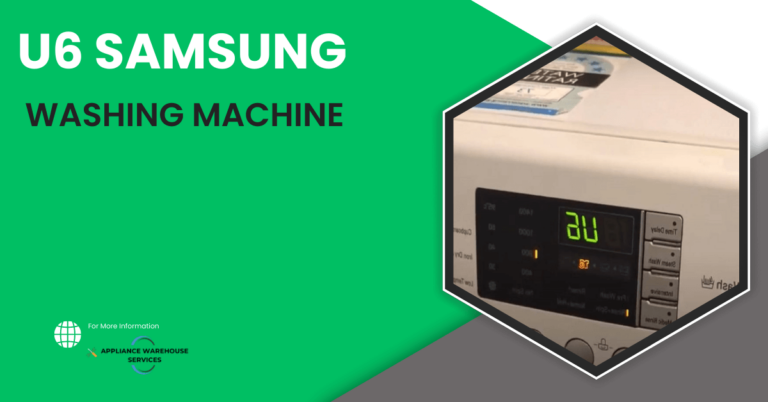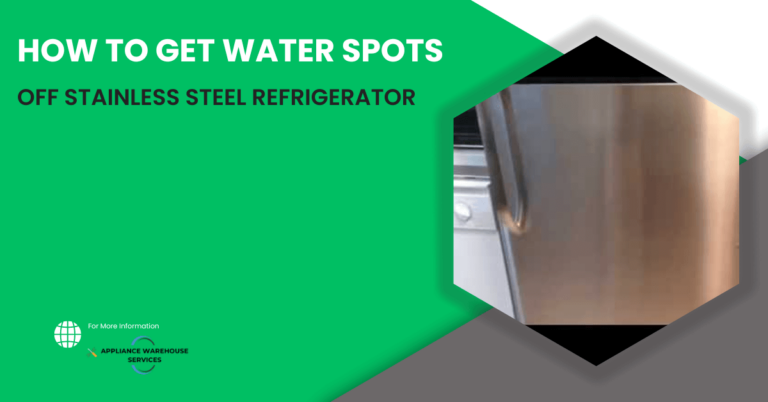Short answer: Silence the annoying squeaks in your dryer by fixing the squeaky belt. DIY steps for peace and quiet in your laundry room.
A squeaky dryer belt can be an annoying and disruptive issue in your laundry routine. When you hear that high-pitched noise coming from your dryer, it’s a clear indication that something needs attention. Fortunately, addressing this problem is relatively straightforward and can help extend the life of your appliance. In this guide, we will explore the steps to diagnose and fix a squeaky dryer belt, ensuring a quieter and more efficient laundry experience.
Causes Of A Squeaky Dryer Belt
A squeaky dryer belt can disrupt your laundry routine and signify underlying issues. Several factors contribute to this annoyance:

- Worn or Damaged Belt: Over time, the dryer belt can wear down, become frayed, or develop cracks, leading to noisy operation.
- Loose Belt: If the belt is loose, it can slip or misalign, causing squeaks as it rubs against other components.
- Idler Pulley Issues: The idler pulley, responsible for maintaining belt tension, may lose traction, become loose, or develop damage.
- Drum Glide Bearing: Faulty drum glide bearings can result in a squeaking or rubbing sound, especially at the front of the dryer.
- Motor Problems: A malfunctioning dryer motor can emit grinding or squeaking noises, primarily if bearings wear out or fail.
- Foreign Objects: Coins, buttons, or debris lodged in the drum or caught in the lint filter can produce unusual sounds.
How To Fix Squeaky Dryer Belt?
Tools You’ll Need
Here are some tools you might require for the job:
- Retaining ring pliers with various-sized bits
- Lubricant (WD-40 or 3-in-1 household oil)
- Screwdriver
- Level
- Rubber mat
- Replacement parts (if necessary)
Step 1: Level Your Dryer
- Place a level on top of your dryer from front to back and side to side.
- If the dryer isn’t level, adjust the legs until the level reads even.
- If the legs are loose, tighten them.
- Consider placing a rubber mat under the dryer for stability.
Step 2: Check for Foreign Objects
- Unplug your dryer.
- Look inside the drum and the lint filter opening for any foreign objects like coins or paper clips.
- Remove any obstructions.
Step 3: Inspect the Dryer Belt

- Open the dryer cabinet.
- Check the dryer belt for wear and tear.
- If it’s worn or cracked, it’s time for a replacement.
- If it looks good, apply a small amount of bar soap or belt lubricant to prolong its life.
Step 4: Examine the Idler Pulley
- If the noise is coming from the bottom of the dryer, the idler pulley might be the culprit.
- Check if the pulley wheel is broken or loose.
- Depending on your dryer model, you might need to replace the entire pulley or just the wheel.
Step 5: Investigate the Drum Glide Bearings
- If there’s a squeaking or rubbing sound from the front of the dryer, inspect the drum Glide bearings.
- Even slight wear and tear could require a replacement.
- Consider replacing the front seal if it’s damaged due to faulty drum Glide bearings.
Step 6: Assess the Dryer Bearings and Motor
- If the noise is coming from the back, it could indicate problems with the dryer bearings or motor.
- Grinding noises could eventually lead to motor failure.
- Consider professional help if you’re uncomfortable with complex motor or bearing replacements.
Step 7: Temporary Fix for the Idler Pulley
- If you suspect the idler pulley is the issue, you can temporarily fix it by lubricating the bearing.
- Use WD-40 or household oil.
- Be prepared to order a replacement part.
Step 8: Reassembling Your Dryer
- Reattach any parts you removed and secure them properly.
- Ensure the dryer is safely plugged in and level.

FAQs
Can I Use My Dryer When It Is Squeaking?
Yes, you can use your dryer when it’s squeaking, but it’s not advisable. The squeaking noise indicates a potential issue with the dryer, such as a worn belt or other components. Continued use in this condition may worsen the problem and lead to more significant damage. It’s best to address the source of the squeak promptly by diagnosing and repairing it to ensure the dryer operates safely and efficiently.
Can I use WD-40 to lubricate my dryer?
It’s not recommended to use WD-40 inside your dryer as it’s combustible. Opt for a lubricant that can withstand high temperatures.
Why is leveling my dryer important?
A level dryer ensures even weight distribution, reducing the risk of squeaks and prolonging its lifespan.
How can I prevent foreign objects from getting inside my dryer?
Regularly check pockets before loading laundry, and use lint traps to catch small items.
Is it safe to apply bar soap to the dryer belt?
Yes, applying a small amount of bar soap can extend the life of the belt. Ensure it’s evenly distributed.
When should I seek professional help for dryer repairs?
If you’re uncomfortable with complex repairs or if the issue persists, it’s best to contact a professional technician to avoid further damage.
Conclusion
Fixing a squeaky dryer belt is a manageable task that can restore peace to your laundry routine. Whether it’s a matter of adjusting the dryer’s leveling, lubricating the belt, or replacing worn components like the idler pulley or drum bearings, taking action to silence that annoying squeak can prolong your dryer’s life and improve its performance. Remember, regular maintenance and swift repairs are key to ensuring your dryer operates smoothly, quietly, and efficiently for years to come. Don’t let a squeaky belt disrupt your laundry day—take the initiative, diagnose the issue, and enjoy the soothing hum of a quiet dryer once more.






